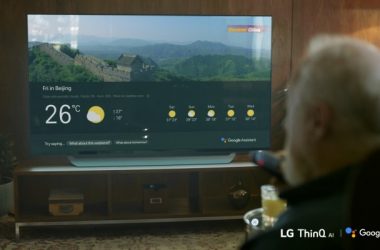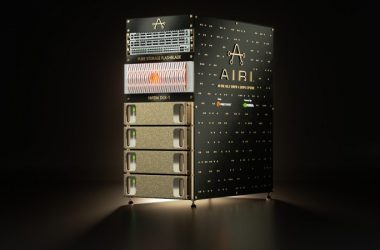
The general consensus on the Motorola Droid is that while it’s a very strong device, it still doesn’t match the iPhone.
Oh sure, the Droid has a nifty open source operating system and processing power on par with the iPhone 3GS, but it doesn’t have the remarkable ease of use that has made the iPhone the most popular smartphone in the consumer market. All that said, however, users have found a lot to like in the Droid and have declared it a solid alternative for smartphone fans who don’t want to subscribe to AT&T. In no particular order, here are four reasons to buy — as well as one to avoid — the Motorola Droid.
Reason to Buy #1: It’s the strongest device yet on the Verizon network
When the BlackBerry Storm came out last year, it was seen as a premiere device capable of knocking the iPhone off its perch. However, poor user experience with the phone’s clickable touchscreen interface has led to a backlash and left Verizon without a showcase device. The Droid should fix that, as it is the strongest overall smartphone to debut on the Verizon network.
While it won’t kill the iPhone anytime soon, the Droid will provide Verizon users with a good mobile browsing experience to go along with what is widely considered the best voice service and largest 3G data coverage in the United States.
Reason to buy #2: Google Android’s tremendous potential
Google has long said that the goal of its Android platform has been to spur innovation within the mobile development community and also to give users the ability to switch to new carriers without switching their mobile devices. While the initial Android offerings such as the HTC Hero and the Samsung Moment have garnered a fair amount of press, the Droid will be the first device that will give us a hint of Android’s potential, as developers will be much more likely to develop applications for the platform if they know they can have potential access to Verizon’s 85 million-plus wireless subscribers.
While Android phones still have a long way to go to match the enormous variety of applications offered on the Apple App Store, having a top-notch phone such as the Droid will go a long way.
Reason to buy #3: It can multitask
One of the iPhone’s few flaws is its inability to run two applications simultaneously. Thus, if you’re listening to a song on Pandora and you want to check e-mail, you have to turn off the music application before you can read your messages. The Droid has smartly taken a page out of the Palm Pre’s playbook and has made running simultaneous applications one of its core features. This also means that if Android ever develops sufficient security features a la the BlackBerry, it could be a great enterprise device to use for both work and play.
Reason to buy #4: It can run over Wi-Fi
One of the bigger user complaints about the BlackBerry Storm has been that it won’t connect to the Internet through local Wi-Fi networks. The Droid corrects this flaw by letting users hook onto the Web through either Verizon’s EV-DO Rev. A 3G network or through any nearby Wi-Fi hotspot. And because the device uses the same processor as the iPhone 3GS, users can expect a faster and smoother browsing experience with the Droid than they had received with the Storm.
Reason to Avoid: The shallow keyboard
Creating a strong keyboard for a smartphone has repeatedly proven tricky for device manufacturers. If you make the keyboard too large, it leaves little room for a large touchscreen. If you embed the keyboard into the touchscreen, you lose the comfortable feel of pressing down on physical keys. The Droid tried to find some middle ground in its design by creating a thin slide-out keyboard that would not compete with the display screen for space on the device.
However, Motorola’s attempt at balance has resulted in a keyboard that users have complained is too shallow to really get a feel for. The result is that users who have large fingers will find it more difficult to type on the Droid than on devices with more raised keyboards, such as the BlackBerry Tour. No device is perfect and the Droid’s keyboard so far has emerged as its most glaring flaw. But look on the bright side: it will give Motorola something to work on when it eventually comes out with the Droid 2.
Operating system, processing speed get high marks





